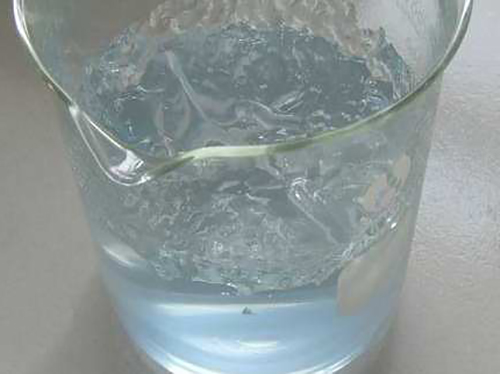water coagulation and flocculation
Water Coagulation and Flocculation Essential Processes in Water Treatment
Water treatment plays a critical role in ensuring safe and clean drinking water for populations around the world. Among the various processes involved, coagulation and flocculation are two fundamental steps that significantly enhance the efficiency of water purification. These processes work together to remove suspended solids, colloidal particles, and microorganisms from water, making it suitable for consumption.
The Importance of Coagulation and Flocculation
Coagulation and flocculation are primarily aimed at improving water clarity and quality. In natural water bodies, impurities such as clay, silt, algae, and organic matter are often present in suspended form. These fine particles are too small to settle out through gravity alone. Coagulation helps to destabilize these particles, while flocculation promotes the aggregation of destabilized particles into larger clusters, known as flocs, which can then be easily removed from the water.
The Coagulation Process
Coagulation involves the addition of chemical coagulants to the water. Common coagulants include aluminum sulfate (alum), ferric chloride, and polyaluminum chloride. When these chemicals are added to water, they undergo hydrolysis, producing charge-neutralizing ions that interact with the suspended particles. The result is a reduction in the surface charge of these particles, which are typically negatively charged, leading to their destabilization.
The effectiveness of coagulation is influenced by several factors, including pH, temperature, and the concentration of coagulants. Adjusting the pH to an optimal level is crucial, as certain coagulants work best under specific pH conditions. For instance, aluminum sulfate is most effective in a slightly acidic to neutral pH range.
The Flocculation Process
water coagulation and flocculation

Once coagulation has occurred, the next stage is flocculation. This process involves gentle mixing, which encourages the destabilized particles to collide and adhere to one another, forming larger aggregates or flocs. The design of the flocculation chamber is important; it must allow for sufficient mixing while minimizing turbulence that could break the forming flocs apart.
Flocculants can also be added during this phase to enhance floc formation. These are long-chain polymers that can help to bridge the gaps between particles, promoting their aggregation. The size and strength of the flocs are essential for the subsequent separation processes, such as sedimentation or filtration.
Settling and Removal of Flocs
Once flocs are formed, the water moves into the sedimentation basin, where the larger, heavier flocs settle to the bottom under the influence of gravity. This sedimentation step effectively removes a significant portion of the particulate matter from the water. The clear water that remains at the top can then undergo additional treatment processes, such as filtration and disinfection, to ensure it is safe for drinking.
If the flocs are not properly formed or if they are too small, they may not settle effectively, leading to poor water quality. Therefore, optimizing both coagulation and flocculation is crucial for the overall performance of a water treatment plant.
Conclusion
Coagulation and flocculation are essential processes in the treatment of water, converting fine impurities into larger aggregates that can be easily removed from the water supply. Understanding the chemistry behind these processes and the factors that influence their effectiveness is vital for water treatment professionals. As water quality regulations become increasingly stringent, the role of coagulation and flocculation will continue to be paramount in ensuring safe and clean drinking water for communities worldwide.
By focusing on these two processes, we can enhance water treatment efficiency and tackle one of the most pressing environmental challenges of our time—providing sustainable, clean, and safe drinking water for all.
-
Premium Isothiazolinones | Broad-Spectrum Biocidal SolutionsNewsAug.28,2025
-
LK-319 Special Scale And Corrosion Inhibitor For Steel Plants: Advanced Solutions for Industrial Water SystemsNewsAug.22,2025
-
Flocculant Water Treatment: Essential Chemical Solutions for Purification ProcessesNewsAug.22,2025
-
Isothiazolinones: Versatile Microbial Control Agents for Industrial and Consumer ApplicationsNewsAug.22,2025
-
Scale Inhibitor: Key Solutions for Water System Scale PreventionNewsAug.22,2025
-
Organophosphonates: Versatile Scale Inhibitors for Industrial Water SystemsNewsAug.22,2025





